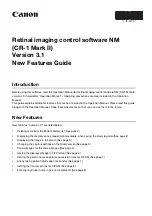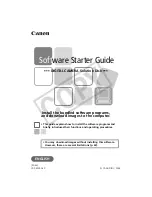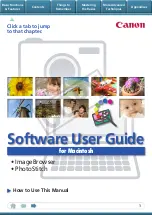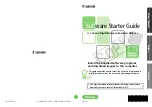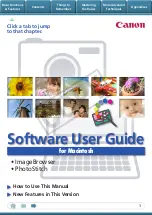
■
SQL ALG
—This feature is now supported on SRX3400, SRX3600, and SRX5600,
and SRX5800 devices in addition to existing support on SRX100, SRX210,
SRX240, SRX650, and J Series devices.
Enabling the Structured Query Language (SQL) ALG on an SRX Series or a J Series
device allows SQL*Net traffic in SQL redirect mode to traverse an SRX Series
device by creating a TCP pinhole. If the the SQL*Net traffic is not in redirect
mode, it will not be handled by the SQL ALG and will instead be processed by
configured firewall policies. SQL*Net is a proprietary protocol used by Oracle
databases for data access and sharing over networks. Note that the SQL ALG
only supports IPv4 addresses as of JUNOS Release 10.1.
[
Junos OS Security Configuration Guide
]
■
Sun RPC ALG
—This feature is now supported on SRX3400, SRX3600, SRX5600,
and SRX5800 line devices in addition to existing support on SRX100, SRX210,
SRX240, SRX650, and J Series devices.
Sun Microsystems RPC provides a way for a program running on one host to
call procedures in a program running on another host. Because of the large
number of RPC services and the need to broadcast, the transport address of an
RPC service is dynamically negotiated based on the service's program number
and version number. Several binding protocols are defined for mapping the RPC
program number and version number to a transport address.
JUNOS Software supports the Sun RPC as a predefined service to allow and deny
traffic based on a security policy you configure. The Sun RPC ALG provides the
functionality for all supported devices to handle the dynamic transport address
negotiation mechanism of the Sun RPC and to ensure program number-based
security policy enforcement. You can define a security policy to permit or deny
all RPC requests or to permit or deny by specific program number. The ALG also
supports route and NAT mode for incoming and outgoing requests.
[
Junos OS Security Configuration Guide
]
Chassis Cluster
■
Interface link aggregation in redundant Ethernet interfaces
—This feature is
supported on SRX3400, SRX3600, SRX5600, and SRX5800 device chassis clusters.
Link aggregation groups (LAGs) can now be established across nodes in a chassis
cluster. In JUNOS Release 10.1, support for LAGs based on IEEE 802.3ad made
it possible to aggregate physical interface links on a standalone device. LAGs
provide increased interface bandwidth and link availability by linking physical
ports and load-balancing traffic crossing the combined interface. In JUNOS Release
10.1, link aggregation has been extended to chassis cluster configuration allowing
a redundant Ethernet interface (known as a
reth
interface in CLI commands) to
add multiple child interfaces from both nodes and thereby create a redundant
Ethernet interface link aggregation group.
Other than adding more child interfaces (up to a maximum of 16; 8 per node)
to a redundant Ethernet interface, no other configuration on an SRX Series device
beyond the more general chassis cluster, redundancy group, and redundant
Ethernet interface configuration is necessary to use this feature. It is necessary,
however, for the switch used to connect the links from both nodes in the cluster
New Features in JUNOS Release 10.1 for SRX Series Services Gateways and J Series Services Routers
■
109
New Features in JUNOS Release 10.1 for SRX Series Services Gateways and J Series Services Routers































